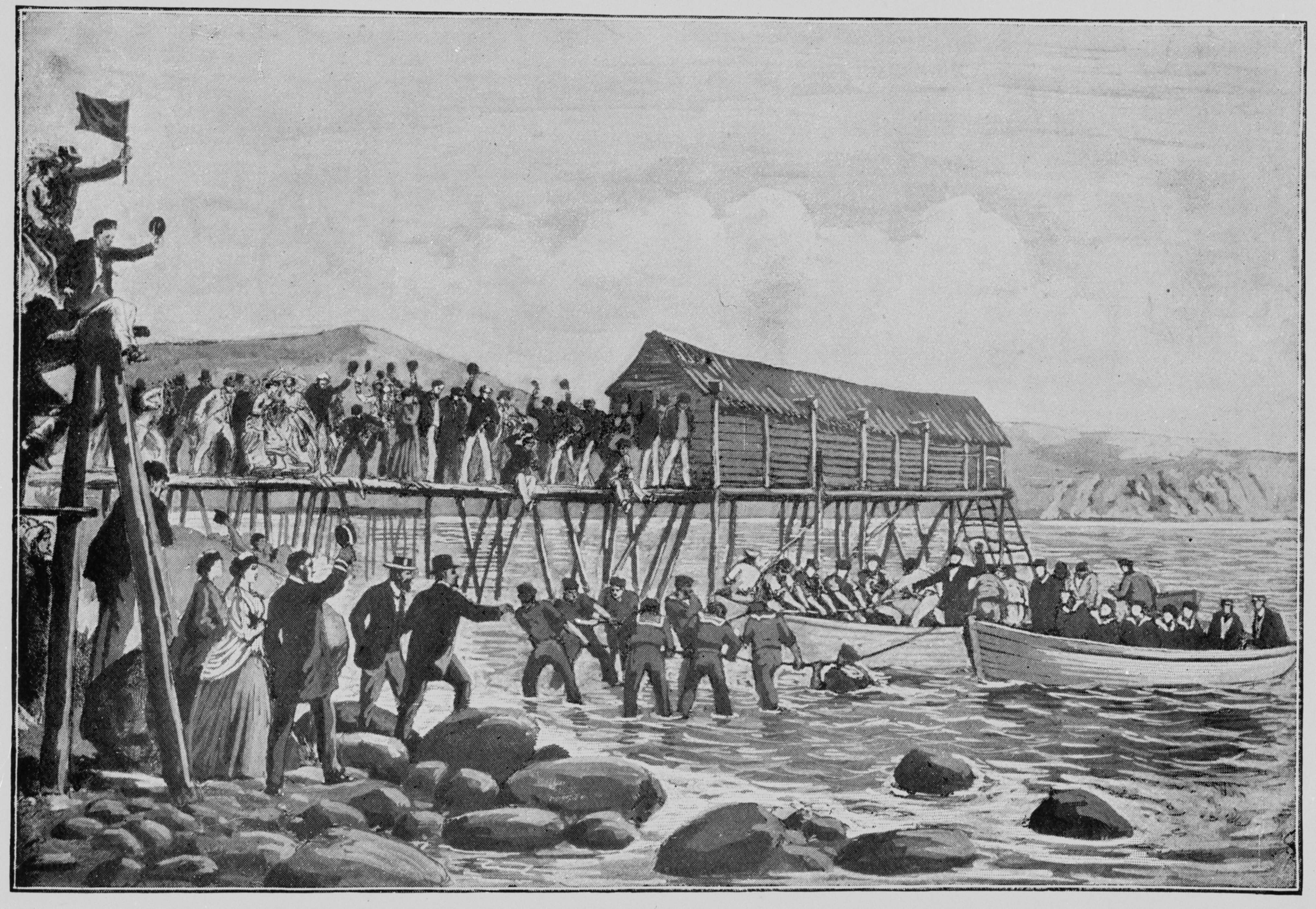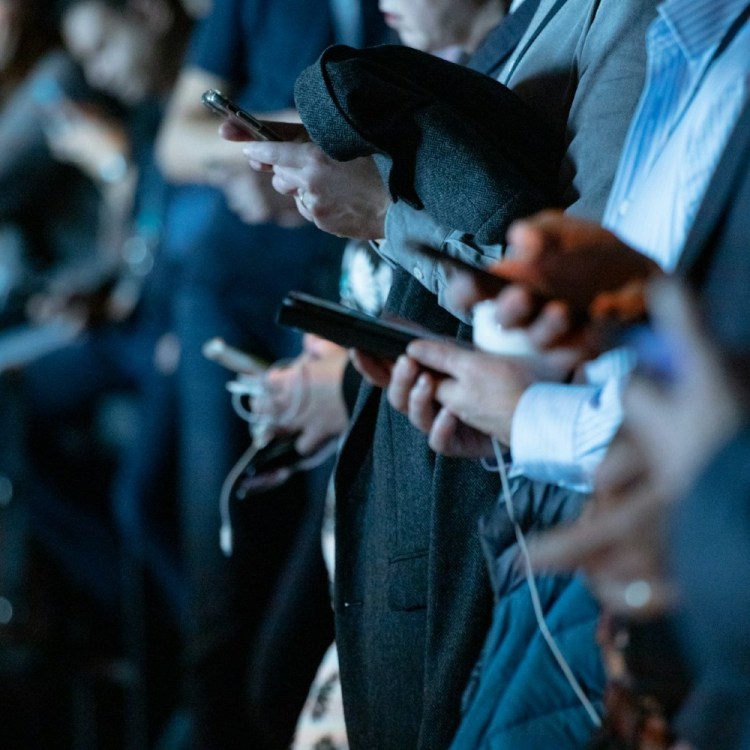The residents of the Pacific Kingdom of Tonga probably have better things to do right now than streaming the latest box set. Earlier this month a catastrophic volcanic eruption, equivalent to six million tons of TNT and visible from space, disintegrated one of its thankfully uninhabited islands. It created a sonic boom loud enough to circle the planet twice, and sent an ash cloud 19 miles into the stratosphere.
If they did, however, they’d likely find that the internet service that connects Tonga to the rest of the world has been interrupted. But not because some satellite was out of whack. Rather, because its hard wire has been pulled: Tonga’s connection to the rest of the world is via a data cable that runs under the sea.
If that sounds antiquated — isn’t everything magically wireless these days? — then think again. In reality, most of the world’s communications (99 percent of it, to be precise) rely on some 745,000 miles of physical cabling that runs buried in shallow trenches cut into the ocean floors, or even just sat atop them. Connecting parts of the world not yet connected will mean many more thousands of miles to come yet.
“When we think of media now we think of the likes of teleportation, of it being this futuristic, ethereal thing, when in fact it’s a long-distance engineerings structure,” explains Nicole Starosielski, associate professor at New York University and author of the fascinating The Undersea Network. “It just doesn’t resonate with our notions of the digital revolution. People struggle to grasp that it all goes down a tube.”
It’s certainly not a new idea: the first undersea cable, connecting the UK and France, was laid in 1850. Eight years after that, two battleships met in the middle of the Atlantic to splice together 2,500 miles of cable, allowing North America and Europe to be connected by telegraph for the first time. Queen Victoria sent the first short message, to President Buchanan, in Morse code. It took 17 hours to get there. The cable failed a few weeks later. Like those connecting Tonga, it had to under arduous repairs.
Indeed, the cabling that connects us now may be technologically more sophisticated — much as Victorian-era cables improved with the development of iron rope, gutta-percha and the ability to carry out deep-sea soundings, today’s most advanced copper and Kevlar-wrapped cables contain 16 pairs of human-hair-thick fiber optic lines able to transmit some 250 terabytes a second. That’s the equivalent of the entire digitized Library of Congress every 0.33 of a second — around 16 million times faster than your average home internet connection. And optical amplifiers (the boxes that are situated every 40 miles along the cables, necessary to boost the signal) are much improved too.

Yet, being physical, and somewhat exposed to the elements, sometimes these cables come unstuck, as the case of Tonga’s communications isolation suggests. Undersea earthquakes, rock slides, hurricanes and, yes, even exploding volcanoes can damage or break a cable, wreaking havoc for our connected lives in the process. And on a huge scale, too: an earthquake off the coast of Taiwan in 2006 disrupted eight cables and thus internet provision across much of the Far East. Starosielski’s research suggests that were the clump of cables off Egypt to be severed, a third of global internet would shut down.
It’s why the latest thinking among cable owners is to spread their bets and not run all their cables into the obvious big coastal conurbations. One hub, for example, comes ashore further south in Virginia rather than near the more obvious choice of New York. Indeed, the cable owners themselves may in the future pose something of a problem. It costs a lot of money to lay an undersea cable (hundreds of millions of dollars) and takes a lot of time (maybe three years, with specialist shifts crawling at a sea snail’s pace). It’s why maintaining high volumes of data traffic on any cable, when it’s successfully laid, is essential for its owner.
“If the data it carries falls below a certain level, then it’s no longer economical given its running costs,” as Geoff Bennett, director of solutions and technology for Infinera, one of the leading cable manufacturers, explains. “After all, for some companies advertising revenue is being lost for every millisecond you’re waiting for your video to load. That’s why the longer you can keep a cable operational, and competitive, the better too.”
But the expense is why cables are invariably operated by complex consortia or, more and more so, by mega-rich tech giants the likes of Google and Microsoft. In fact, with Amazon and Facebook, these companies are not only driving a boom in cable-laying (more cable was laid in 2018 than altogether in the previously two decades), but actually own or lease some half of all undersea bandwidth. With whole economies dependent on information flow, in time that’s going to raise interesting questions about national sovereignty. No wonder that, in the interests of national security, three years ago Australia blocked the Chinese company Huawei from installing a cable linking Australia to the Solomon Islands, choosing to fund the Coral Sea Cable System itself.
Take that a step further, and you’ve got the plot of the next Bond movie. It might not just be natural events that break the cables. Much as Russia’s stranglehold over neighboring states — and beyond — in theory lies in its ability to turn off the gas supply that runs in pipelines across Europe, so inevitably nations have likely conceived of ways of cutting undersea cables undetected in order to hamper enemy comms. Or of tapping them for the information that flows through their tiny glass tubing.
That’s not as ridiculous an idea as it may sound, either. In fact, it’s been done before. During the Cold War, US submarines tapped Soviet cables in the Sea of Okhotsk for close on a decade. And during the First World War, the British severed a German international telegraphic cable, with seismic consequences somewhat greater than not being able to download Succession quite as quickly as you’d like.
It meant Germany then had to ask the US to deliver a trans-Atlantic message via diplomatic cables from Berlin to Mexico. But since these passed through a relay station at Land’s End, England’s most western tip, the traffic was intercepted by the British secret service. That intelligence revealed Germany’s attempt to forge an alliance with Mexico, and helped to bring the US into the war.
This article appeared in an InsideHook newsletter. Sign up for free to get more on travel, wellness, style, drinking, and culture.




















